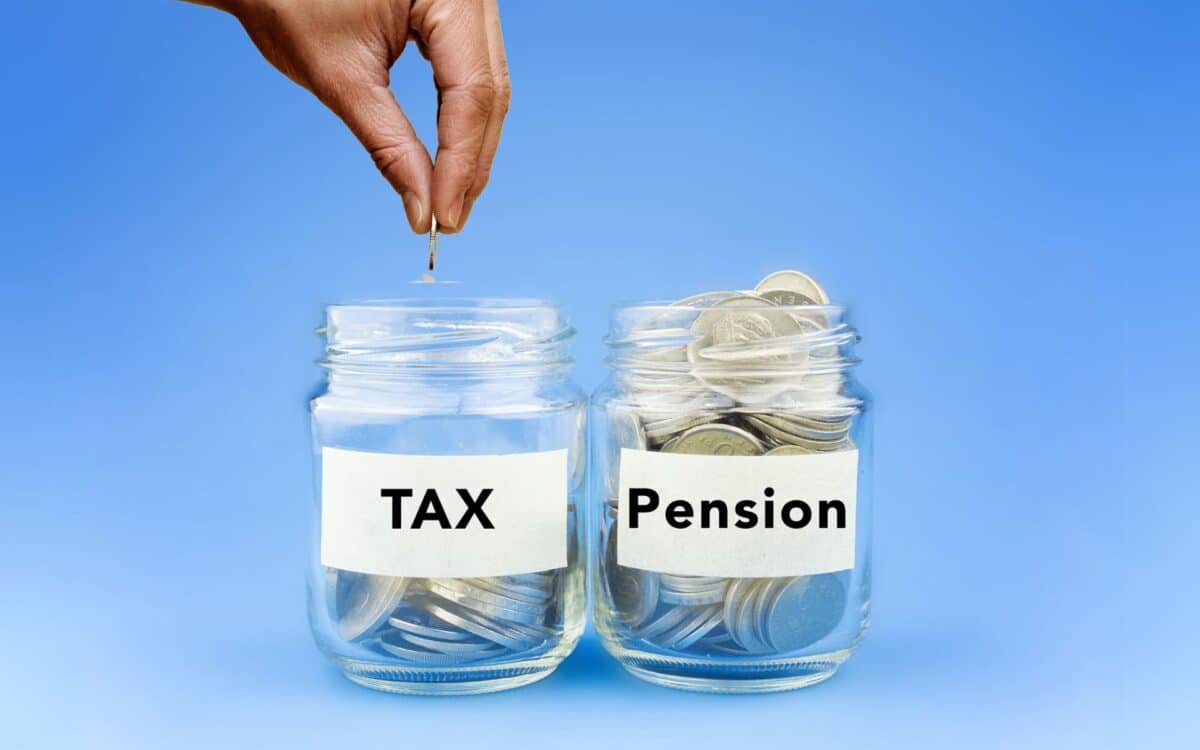Millions of UK pensioners are facing higher pension tax bills due to a decision by Chancellor Rachel Reeves to maintain the current freeze on income tax thresholds until 2028.
The measure, originally introduced by the Conservative government, is expected to cost some retirees nearly £3,000 over six years, despite no change in their actual income. This policy, described by some analysts as a pension tax by stealth, effectively increases the tax burden year-on-year as inflation rises.
According to Devon Live, many older people living on modest retirement incomes will see their disposable income shrink significantly under the prolonged freeze, straining household finances.
Income Tax Thresholds Frozen Despite Inflation
The personal allowance — the amount an individual can earn before paying income tax — has remained at £12,570 since 2021.
Had this threshold kept pace with inflation, it would have reached £16,290 by 2027–28. Instead, many retirees with modest fixed incomes are being drawn into the tax system, paying more tax than they would under an adjusted threshold.
According to estimates, a pensioner earning around £30,000 annually will pay £2,960 more in tax over the six-year freeze compared to if the allowance had been indexed to inflation.
‘Fiscal Drag’ and Its Growing Impact on Pensioners
The phenomenon driving this outcome is known as fiscal drag — when individuals are pushed into higher tax brackets simply due to inflationary income growth, not policy changes. HMRC data indicates that by 2028, 8.2 million over-60s will be basic-rate taxpayers, a significant increase attributed to static thresholds.
Furthermore, 12 million people are expected to pay the 40p rate, and 2 million the 45p rate. For retirees, this shift is particularly challenging as many depend on fixed or limited income streams.
State Pension Approaches Tax Threshold
The full UK state pension recently increased by 8.5%, bringing it to £11,973 per year — just £597 below the current personal allowance. If the triple lock remains in place, the state pension alone could surpass the tax-free threshold within three years, potentially subjecting even the lowest-income pensioners to income tax.
Already, 2.6 million people receive a state pension above the allowance. Prior to April 6, nearly 250,000 individuals were paying at least £1,000 annually in tax on their pension income, with over 10,000 paying more than £2,000.
Based on official data and projections assuming 2.88% annual income growth, the average pensioner earned £29,313 in 2022–23. As income levels increase without corresponding adjustments to tax thresholds, many retirees are encountering higher-than-expected tax liabilities.
Government Response and Public Criticism
A spokesperson from the Treasury stated that the government remains committed to supporting pensioners, highlighting policies such as the fuel duty freeze and the triple lock. The spokesperson claimed that these measures would leave pensioner couples up to £88 better off per month.
Despite these efforts, critics argue that the continued freeze in thresholds functions as a stealth tax, with minimal visibility yet significant financial impact on older citizens. According to Jon Greer of wealth manager Quilter, many retirees have not budgeted for the increasing tax burden, and the static thresholds amount to “a stealth raid, plain and simple.”
The combination of rising inflation, frozen tax bands, and growing pension income is creating a complex tax environment for retirees. With tax obligations increasing independently of spending power, fixed-income pensioners may face mounting financial strain in the coming years.









